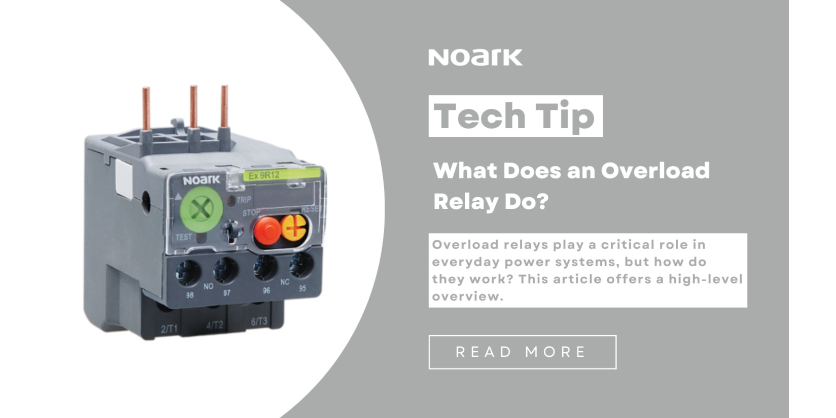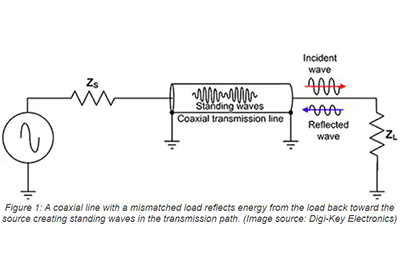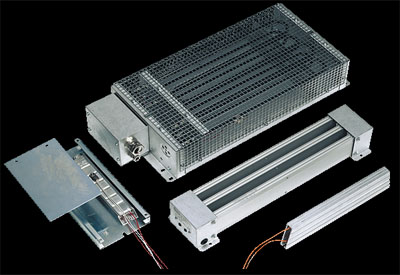What Are Control Circuit Devices? Noark Electric Explains
September 29, 2023

A Control Circuit Device regulates and manages the operation of an electrical circuit by turning on or off the circuit. The control device regulates or limits the condition within the circuit by controlling the voltage and current. Examples of control circuit devices used are switches, solenoids, and relays.
Noark is a reliable manufacturer of high-quality circuit control devices used in a wide range of industrial and motor applications. Learn more about circuit control devices and how you can partner with Noark.
What Types of Control Circuit Devices Does Noark Manufacture?
Electronic and electrical circuits use control circuit devices to control, signal and switch the circuit on and off. Noark’s control circuit and signaling devices includes Safety Contactors & Relays and Pilot Devices.
Safety Contactors and Relays
A relay is an electromechanical and remote-control switch that is electrically activated, allowing a trigger input or current flow in the relay to control a larger current flow. Contactors and relays have a power and control circuit with an external voltage source that energizes the control circuit.
A coil or solenoid that consists of a soft iron cored wound with wire comprises the control circuit. Electric current flowing through the solenoid creates an electromagnetic field that pulls an armature down to close contacts in the circuit. The device finds practical application in various scenarios, such as serving as a starter relay in automobiles or functioning as a contactor responsible for initiating the operation of an AC compressor.
Noark has two product offerings under its Safety contactor and relay product’s family:
- Safety Control Relay (Noark’s Series Ex9RCA): This type of relay aims to provide fail-safe performance for safety function purposes. It consists of mechanically linked contacts used in safety feedback circuits with up to eight contacts. When properly installed, the normally closed (NC) contact is force guided with the normally open (NO) contacts, and therefore ideal for designing an SRP/CS (safety-related part of a control system). It is a part of the control system that gets safety-related input signals and returns safety-related output signals.
- Safety Contactor (Noark’s Series Ex9CA): This is a type of relay designed for safety function applications. Its unique features facilitate the design of safe control circuits with an amperage of up to 38 Amps. The NC auxiliary contact mirrors the main contact and is mechanically linked to the NO auxiliary contact, making it ideal for optimal design selections in SRP/CS.
Pilot Devices
Pilot devices are industrial controls that communicate signal information bidirectionally between humans and a machine and vice versa. They work in conjunction with safety relays and contactors. Noark’s Pilot devices family includes Ex9PB Series Pushbuttons and Selector switches, and Ex9IL Series indicator lights.
Get the Best Control Circuit Devices at Noark
Noark is a global manufacturer of high-quality low-voltage electrical components, including circuit protection and industrial control circuit devices, to suit various electrical requirements.
To stay up to date on electrical industry news, receive product features, and free downloadable resources, sign up for their free monthly newsletter.
Noark Electric is one of the largest electrical manufacturing companies in Asia, and every product is tested, passed to the highest industry standards, and covered with a limited five-year warranty. Feel free to contact them or request a quote to view their products and work with them for the highest-quality electrical components.
Related Story
What Does an Overload Relay Do? Noark Electric Explains

Overload relays provide reliable motor overload protection by preventing damage caused by phase failure, high temperatures, or electrical overload. They are usually connected in series to the contactor (or switching device) to protect the motor from problems associated with the motor drawing excess current that could lead to overheating and damage to windings. When operations depend on the safe and efficient function of a motor, it is essential to keep it protected from as many potential sources of damage as possible.





